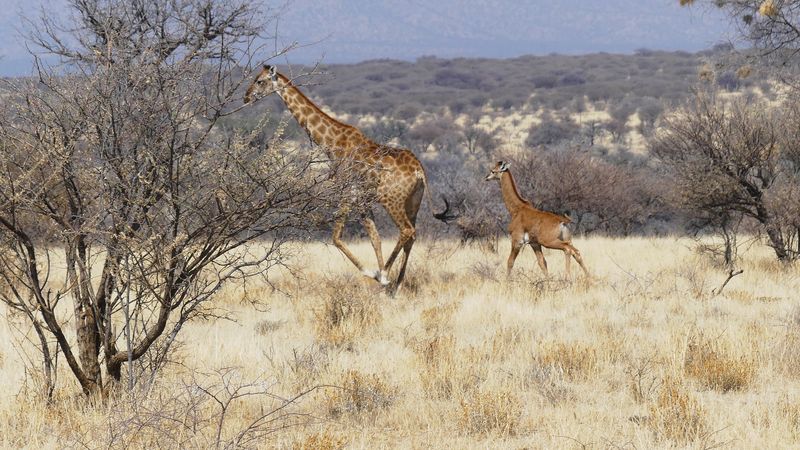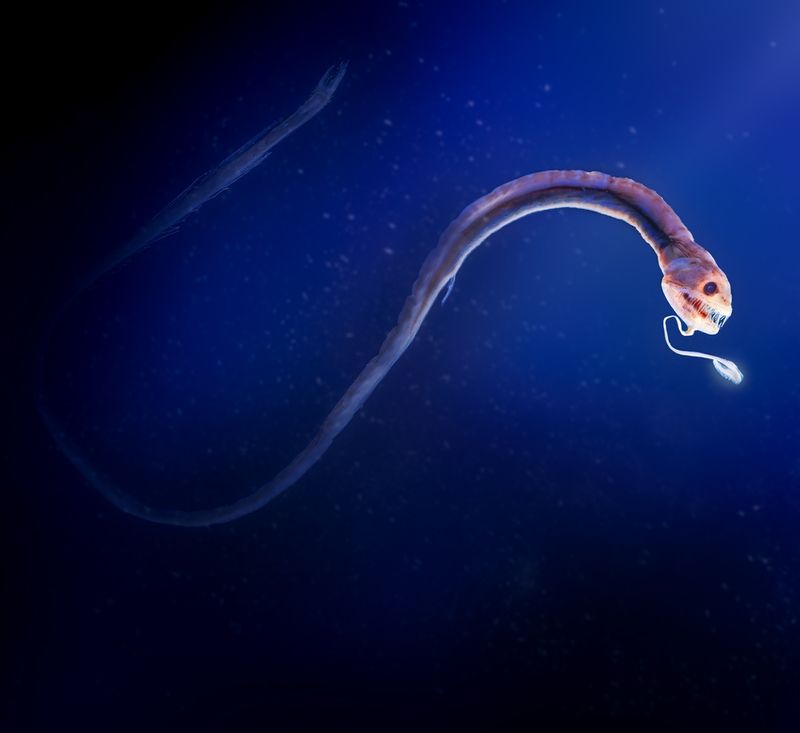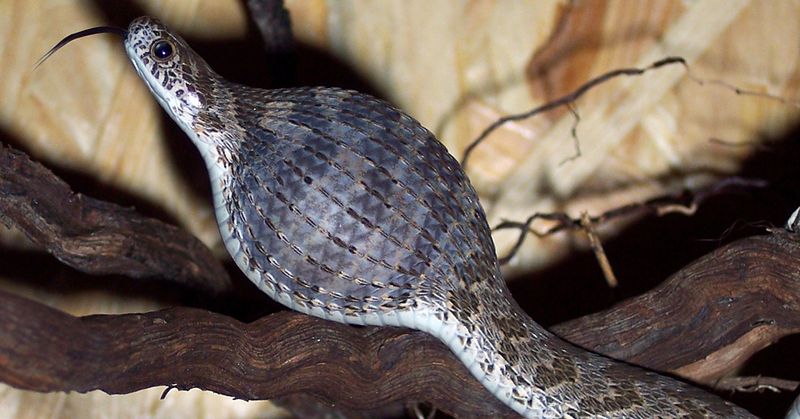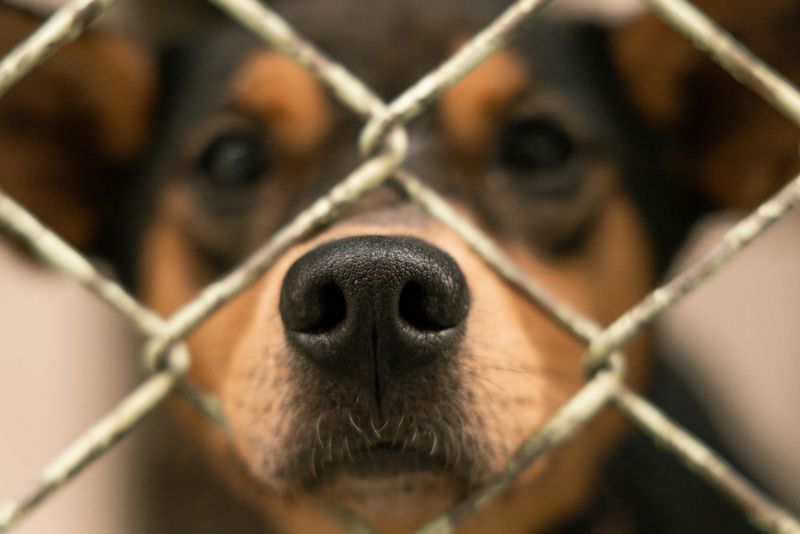Earlier in the year, the pitter patter of tiny giraffe hooves was heard at Brights Zoo in Tennessee and the internet fell in love with a one-of-a-kind spotless giraffe calf. Now, reports from half a world away in Namibia suggest that the calf, now called Kipekee, is not alone after all.
A second patchless giraffe was seen at Mount Etjo Safari Lodge, a private game reserve in Namibia, and is the first ever to be recorded in the wild in Africa. This is a patchless Angola giraffe, a different species to the reticulated giraffes the Tennessee calf belongs to.
“The lack of spots could be caused by genetic mutations or recessive genotype in one or more genes related to the pattern, but without detailed genetic analysis, these are mere speculations. GCF [Giraffe Conservation Foundation] together with our partner, the Senckenberg Biodiversity and Climate Research Centre, has done the most detailed research on giraffe genetics in the wild, but it would be difficult to comment on the specifics of these two giraffe,” said Dr Julian Fennessy, GCF’s co-founder and Director of Conservation, in a statement.
%20eckart%20demasius%20%26%20gcf.jpg)
Angolan giraffes (Giraffa giraffa angolensis) are a subspecies of the Southern giraffe and are thought to have around 20,000 individuals in the wild. They are listed as "least concern" by the IUCN as the population is said to be increasing.
Recently a conservation project moved a group of Angolan giraffes 1,300 kilometers (808 miles) from Namibia to Iona national park in Angola, bringing this species back to Angola for the first time since the 1990s. Giraffes are still facing many threats, with only one giraffe per four elephants in the wild, according to GCF.
“Giraffe are in trouble and if we don’t act now, our grandchildren might not be able to see any giraffe in the wild when they grow up. That is what really worries me! But the good news is that it is not too late! If we act now, we can all stand tall for giraffe and secure a future for these gentle giants in the wild,” commented Stephanie Fennessy, GCF’s Executive Director and co-founder.
With the popularity of both these unusual-colored giraffe calves, the hope from both the zoo and GCF is that more people will become aware of the conservation threats surrounding these iconic species.




